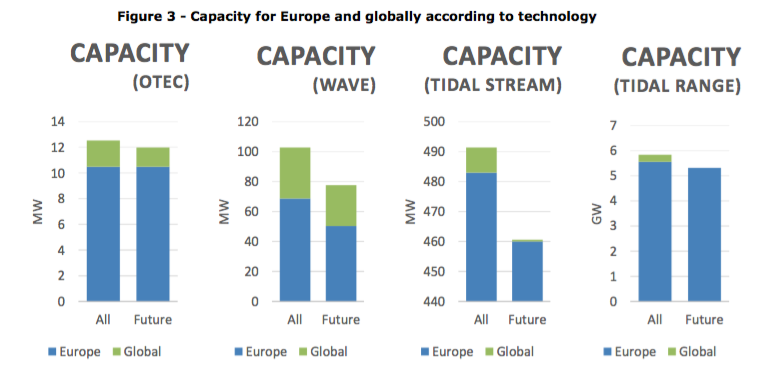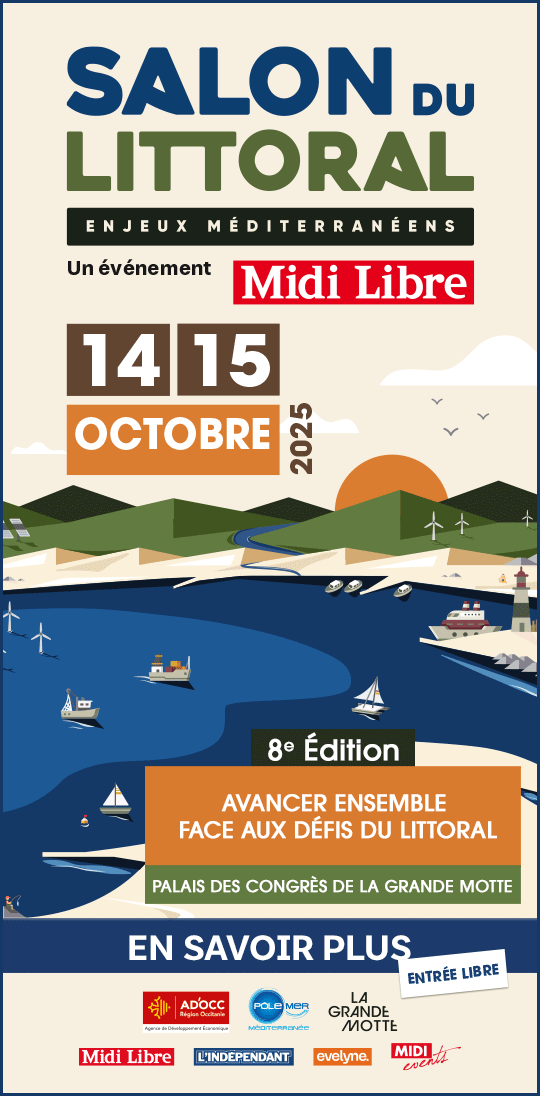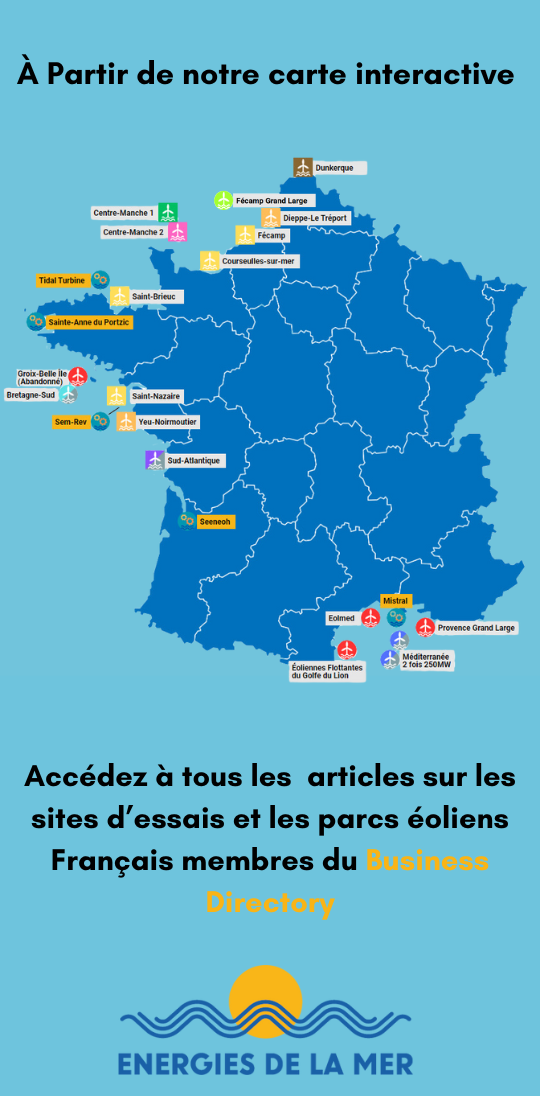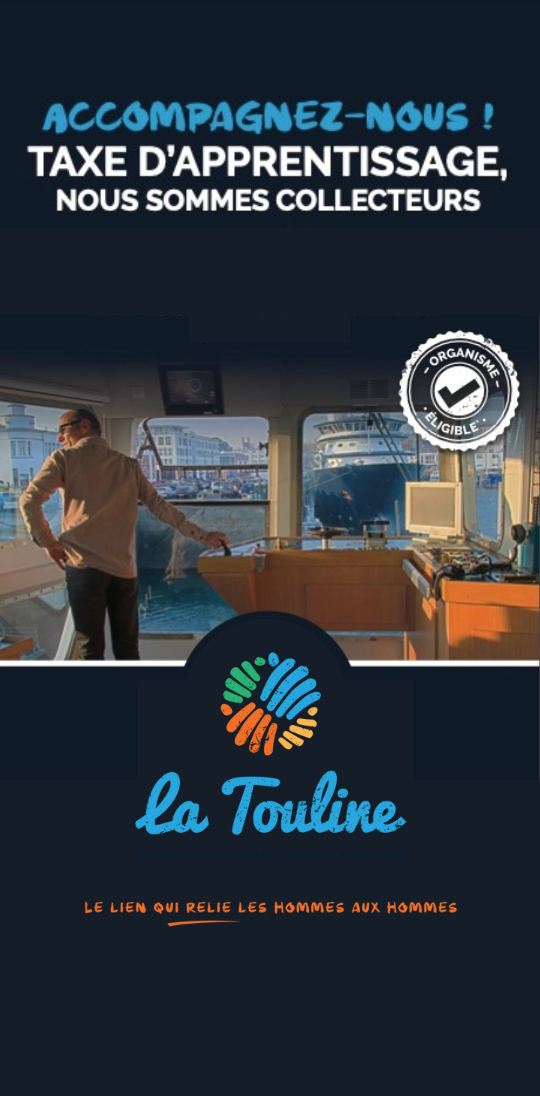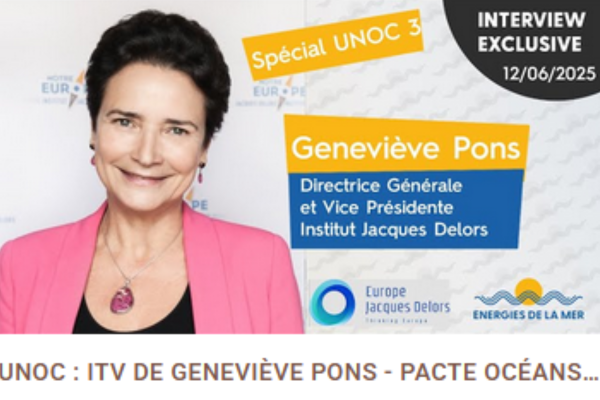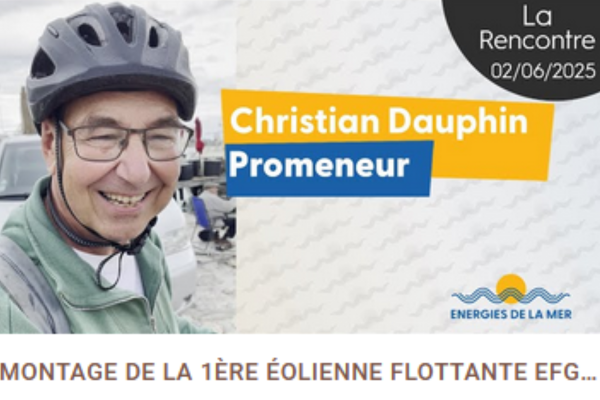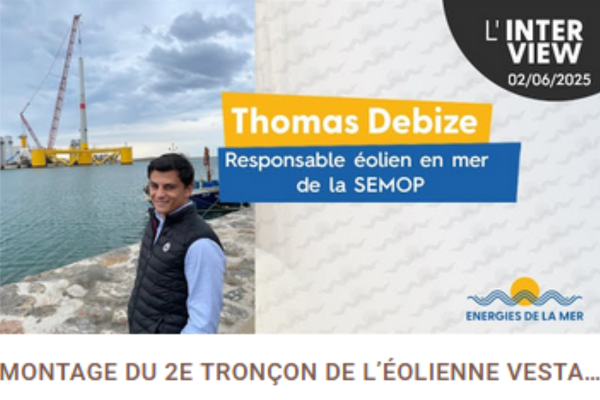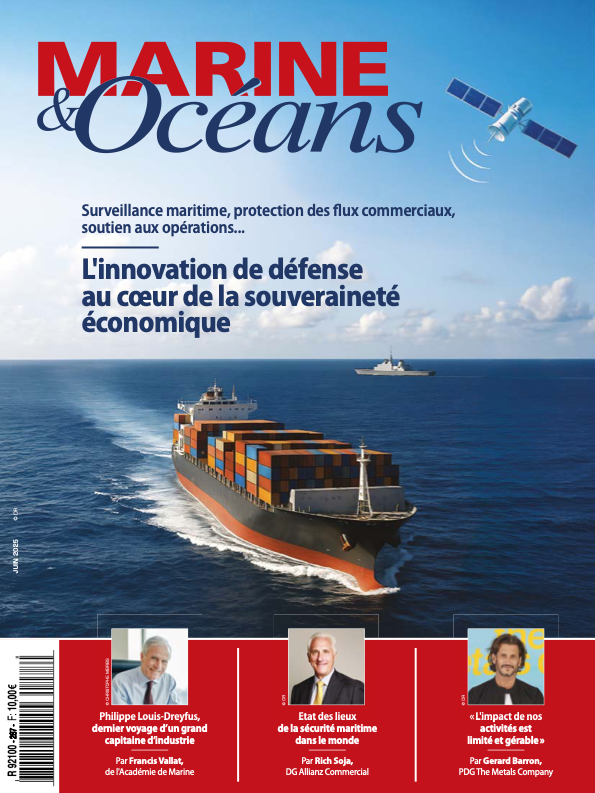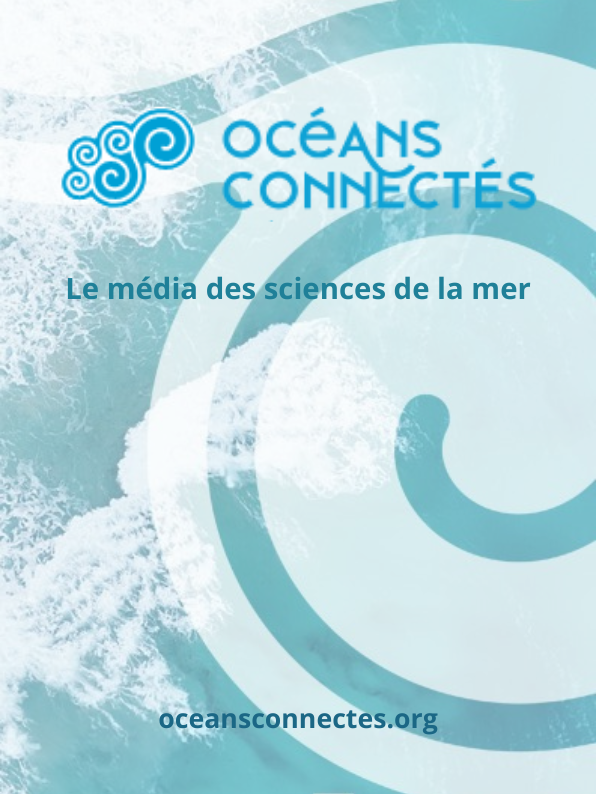03/07/2018 – energiesdelamer.eu – L’étude de marché sur les énergies de l’océan (hors éolien offshore donc) commanditée par la Commission européenne (CE) et rendue publique fin juin souligne la nécessité d’un fort soutien à ce secteur afin de maintenir l’avance européenne en la matière.
Les énergies de l’océan ont besoin d’un tarif d’achat : L’article publié le 04/07/2018 dans la quotidienne energiesdelamer.eu décripte l’étude de la CE
Ce constat n’est pas sans rappeler à la fois l’étude d’Ocean Energy Europe publiée en Nov 2016 Ici et la déclaration des différentes personnalités lors de l’inauguration le 14 juin dernier, de l’usine d’assemblage construite à Cherbourg par Naval Energies pour les hydroliennes Open Hydro.
Tidal stream turbines harness the flow of the currents to produce electricity. Tidal turbines can be fixed directly to and mounted on the seabed, or tethered/moored to the seabed and buoyant, floating on surface or in mid water.

Points de repère
Wave energy converters derive energy from the movement of waves and can be located flexibly – on the shoreline, the nearshore or offshore at depths of over 100m – to harness the available energy most efficiently.
Tidal range uses the difference in sea level between high and low tides to create power. Tidal range technology uses the same principles as conventional hydropower, and requires a barrier to impound a large body of water, driving turbines generating electricity.
Ocean Thermal Energy Conversion (OTEC) exploits the temperature difference between deep cold ocean water and warm surface waters to produce electricity via heat-exchangers.
Salinity gradient power generation utilises the difference in salt content between freshwater and saltwater, found in areas such as deltas or fjords, to provide a steady flow of electricity via Reverse Electro Dialysis (RED) or osmosis.
Publicités Google :

